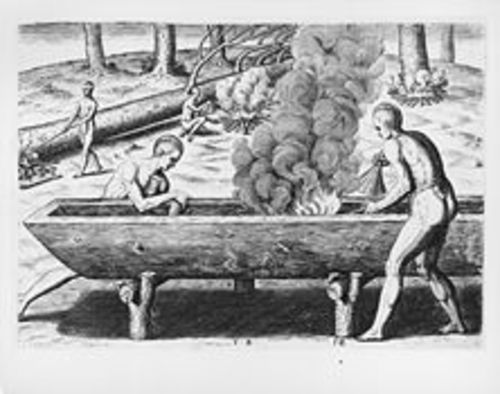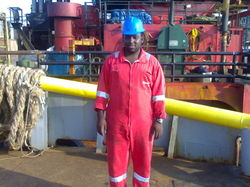LIFE ON BOARD
LIFE ONBOARD
Life on board was made up of routine tasks. The ship’s rigging had to looked after. Sometimes sailors had to fish for some fresh food to add to their diet. They also attended religious services on board the ships.
MARITIME HISTORY
In ancient maritime history, the first boats are presumed to have been dugout canoes, developed independently by various stone age populations, and used for coastal fishing and travel. The Indigenous of the Pacific Northwest are very skilled at crafting wood. Best known for totem poles up to 80 feet (24 m) tall, they also construct dugout canoes over 60 feet (18 m) long for everyday use and ceremonial purposes. [1]
The earliest seaworthy boats may have been developed as early as 45,000 years ago, according to one hypothesis explaining the habitation of Australia. In the history of whaling, humans began whaling in pre-historic times. The oldest known method of catching whales is to simply drive them ashore by placing a number of small boats between the whale and the open sea and attempting to frighten them with noise, activity, and perhaps small, non-lethal weapons such as arrows. Typically, this was used for small species, such as Pilot Whales, Belugas and Narwhals.
The earliest known reference to an organization devoted to ships in ancient India is to the Mauryan Empire from the 4th century BC. It is believed that the navigation as a science originated on the river Indus some 5000 years ago. Pre-Columbian trans-oceanic contact refers to interactions between the Americans and peoples of other continents – Europe, Africa, Asia, or Oceania – before the arrival of Christopher Columbus in 1492. Many such events have been proposed at various times, based on historical reports, archaeological finds, and cultural comparisons.
.
KEEPING WATCH
The crew were divided into 2 watches, each under the direction of a single officer. This officer was in charge of the ship during his watch. The watch changed every 4 hours, after the eighth turn of the sandglass. The lookouts were changed every hour.
Throughout the morning the watch was changed at 4.00 am, 8.00 am and 12 noon. In the afternoon it changed at 4.00 pm, 8.00 pm and 12 midnight. This meant that different crews worked different watches.
WHAT PEOPLE SAY ABOUT SAILORS
Contrary to what many people say about seamen, Seamen are very wonderful people, very generous, and good managers. Although some are very reckless, but not all seamen are bad..
Our seadogs(OLD SEAMEN)have stained the profession with habits of alchoholism. drugs, womanizing, Agents of pirates.
BUT GOD IS RAISING GOOD AND BETTER SEAMEN WHO ARE GOD FEARING

